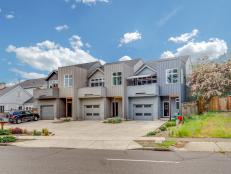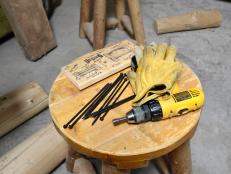Homebuyers: Be Wary of Old Wiring

You may not be an electrician, but you can flip a switch.
During your home tours, make sure all the switches and outlets function properly. Flickering lights, circuits that don't work, and warm or hot outlets or faceplates are all symptoms of wiring problems.
Ask if the home has aluminum or knob and tube wiring. During the 1970s, aluminum wiring became popular and was widely used. But, just like avocado-colored appliances, the wiring quickly went out of style after people complained that it was a fire hazard. According to the U.S. Consumer Product Safety Commission, homes wired with aluminum wiring before 1972 are 55 times more likely to have fire hazard conditions (hot cover plates, sparks or charring) than houses wired with copper wire.
Knob and tube wiring was used in many homes until about 1940. Even when it's functioning properly, many insurance companies will not insure homes with knob and tube wiring, citing it as a fire hazard. If you're planning any renovations, you'll have to remove the wiring before a contractor can legally start work on your home.
Both types of wiring can cost several thousand dollars to replace, so be prepared to shell out the dough for an electrician if you choose a house with one of these.
Be especially careful when buying older and historic homes. Case in point: My sister and her husband were ready to make an offer on a historic fixer-upper that seemed like it just needed some cosmetic help. They hired a home inspector, who, low and behold, discovered the home had the original 1920 knob and tube wiring -- not exactly the "historic charm" they were looking for. To do any renovations, they would need to replace all the wiring to meet the local building code. Needless to say, they passed on the house and left the seller to deal with the problem -- and foot the bill.














































